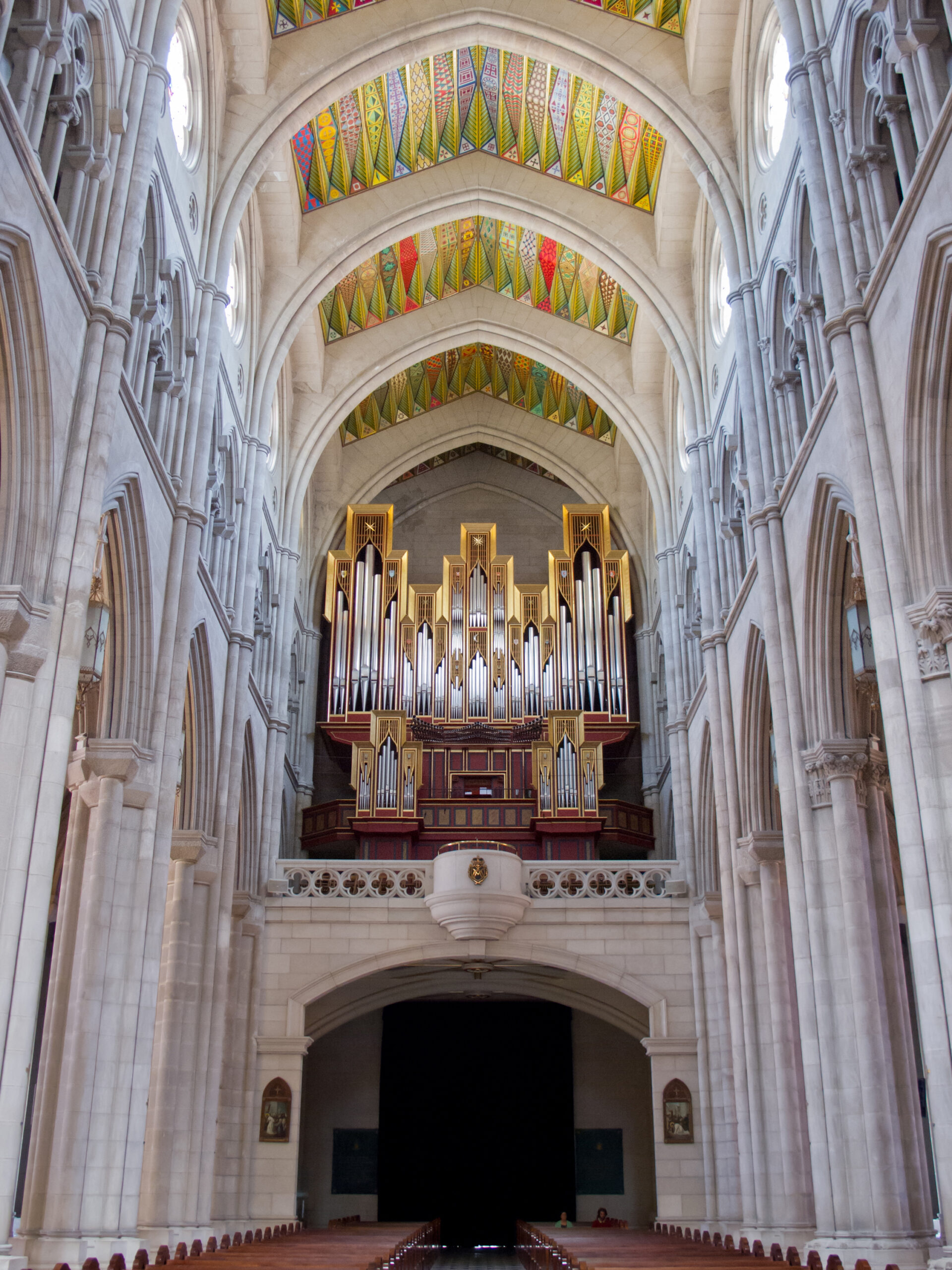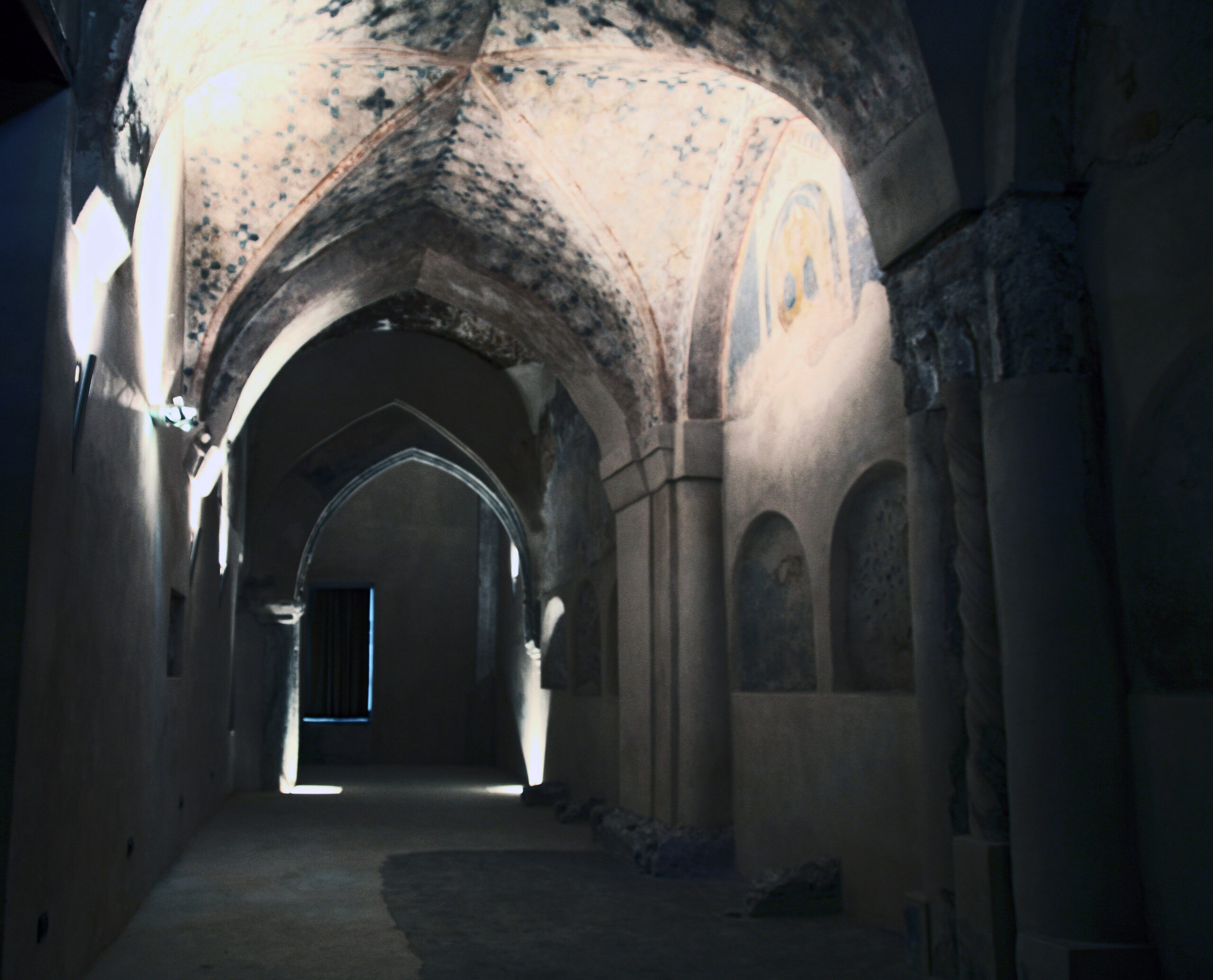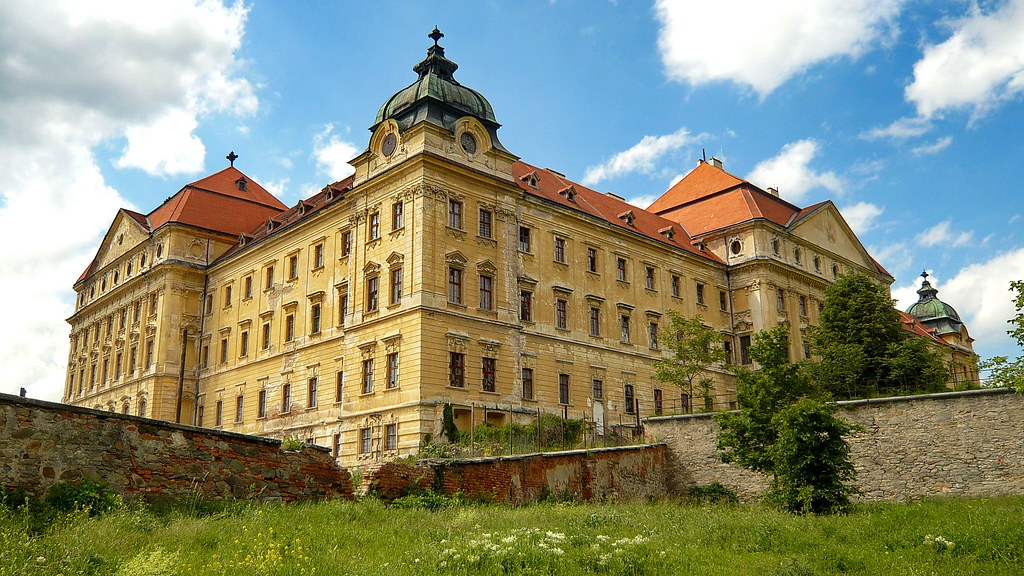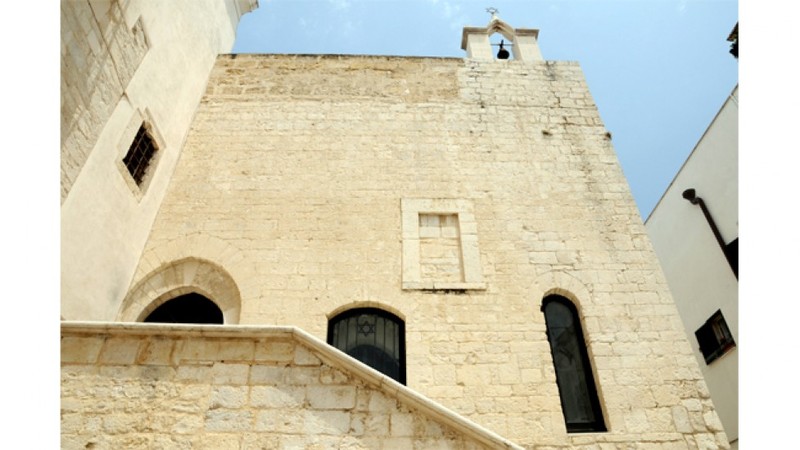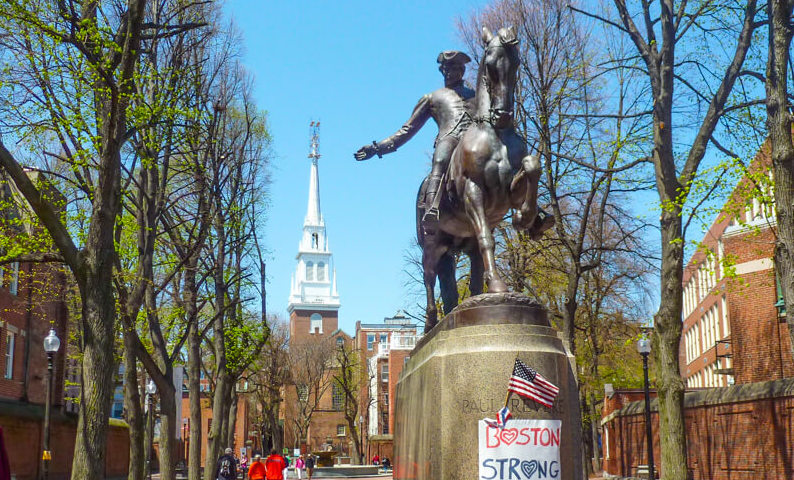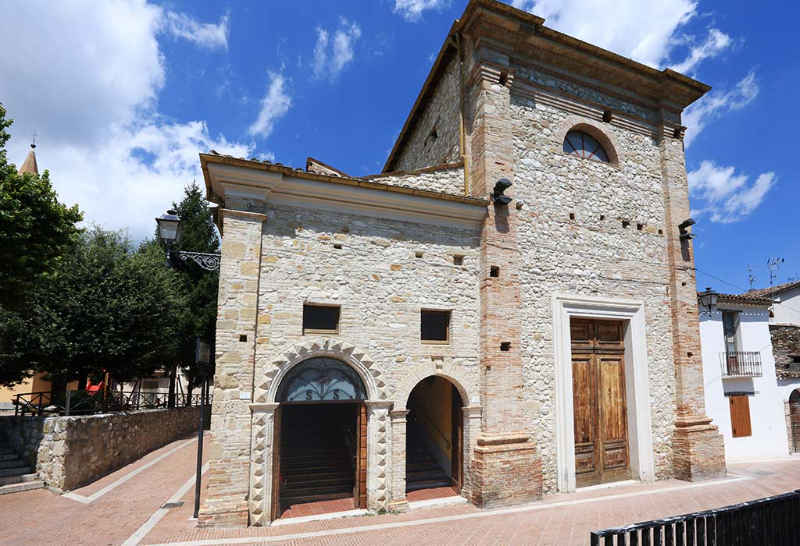The Basilica of San Vittore, together with the bell tower and the Baptistery of San Giovanni, is the religious heart of Varese.
The current building is the result of different interventions that took place in three successive moments: first the deep presbytery built in the first half of the 16th century; then the hall with three naves, which replaced the previous church – perhaps Romanesque – crowned by the splendid tiburium, the work of Giuseppe Bernasconi, built between 1589 and 1625; finally, the neoclassical facade built between 1788 and 1791 to a design by Leopoldo Pollack.
Inside, the eye is attracted by the presbytery on which the polygonal apse is grafted, whose layout of Bramante matrix was altered by the interventions carried out from the second half of the 17th century.
The altar, a remarkable example of the Lombard baroque, was designed by the Milanese architect Bartolomeo Bolla, and realized by the sculptors from Vigevano Buzzi between 1734 and 1742; Elia Vincenzo Buzzi sculpted the statues, on a drawing by Pierantonio Magatti.
The new arrangement of the presbytery, according to the norms of the Second Vatican Council, was definitively arranged in 1991 with the realization of the altar, of the ambo, of the seat and of the astylar cross offered in memory of Paul VI and realized on the design of Floriano Bodini.
Next to the basilica stands the 84-metre-high bell tower, designed by Bernascone and completed a century and a half later; according to tradition, the south side has traces of cannon balls launched by the Austrian troops in 1859 to punish the people of Varese for ringing the bells at the victorious entrance of Garibaldi’s troops. A very old memory in the history of Varese is the nearby Baptistery: built in the mid-thirteenth century, it contains a baptismal front sculpted by a master from Campione and fourteenth-century frescoes.


